Understanding Nail Health: The Hidden Clues to Your Overall Well-being
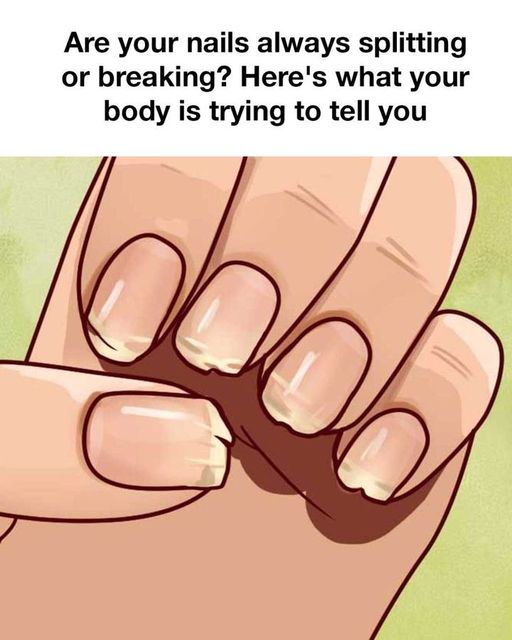
Healthy nails often go unnoticed in our daily lives, but they are more important than you might think. Nails can act as subtle indicators of your body’s overall health, often revealing underlying nutritional deficiencies or health issues before other symptoms become apparent. If your nails are splitting, brittle, or displaying unusual changes, it’s worth paying attention. These signs can be the body’s way of signaling deeper needs, and addressing them promptly can improve not just your nail health but your overall well-being.
This guide will delve into the key factors that affect nail health, from nutrition and hydration to environmental factors and medical conditions. By understanding these factors, you can make informed choices to enhance your lifestyle and know when it’s time to consult a healthcare professional. Let’s explore how you can achieve strong, resilient nails and support a healthier body overall.
1. Nutritional Deficiencies
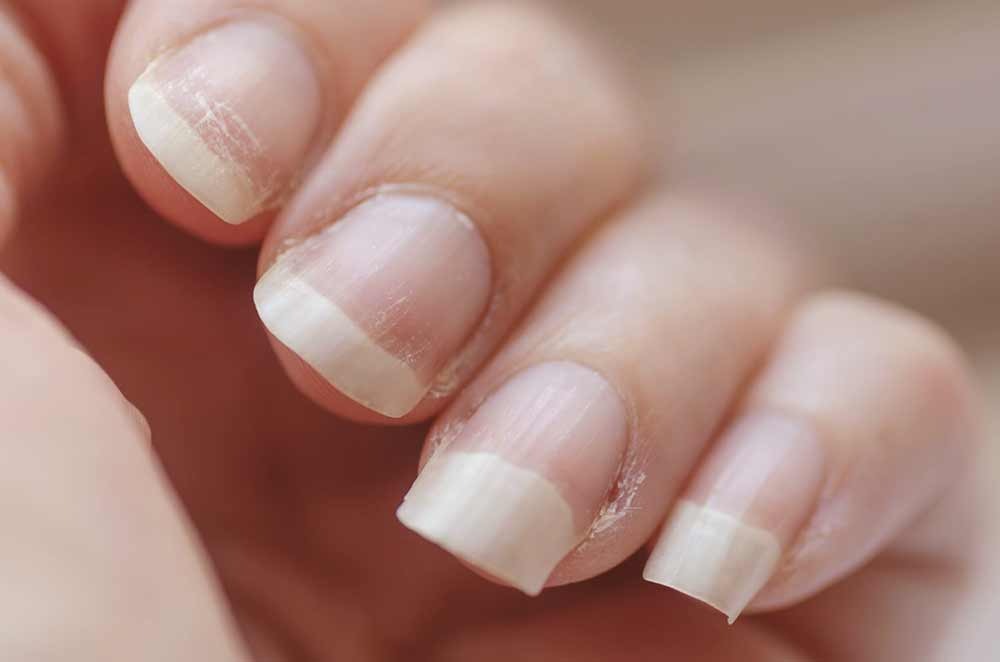
Your diet has a direct impact on the strength and appearance of your nails. Nutritional gaps can weaken nails, making them prone to splitting and breaking.
Biotin Deficiency
Biotin, part of the B-vitamin family, is essential for healthy hair, skin, and nails. Without enough biotin, your nails may become brittle and fragile. Incorporate biotin-rich foods like eggs, almonds, spinach, sweet potatoes, cheese, mushrooms, and cauliflower into your diet to support nail growth and strength.
Iron Deficiency
Iron is crucial for producing hemoglobin, which transports oxygen to cells, including those that support nail health. Low iron levels can result in brittle nails with abnormal shapes. Boost your iron intake with foods like red meat, spinach, lentils, and fortified cereals.
Protein Deficiency
Since nails are primarily composed of keratin, a type of protein, insufficient protein can weaken nails, making them more susceptible to damage. To strengthen your nails, prioritize protein-rich foods such as lean meats, poultry, fish, beans, and dairy products.
2. Hydration: A Key to Flexibility
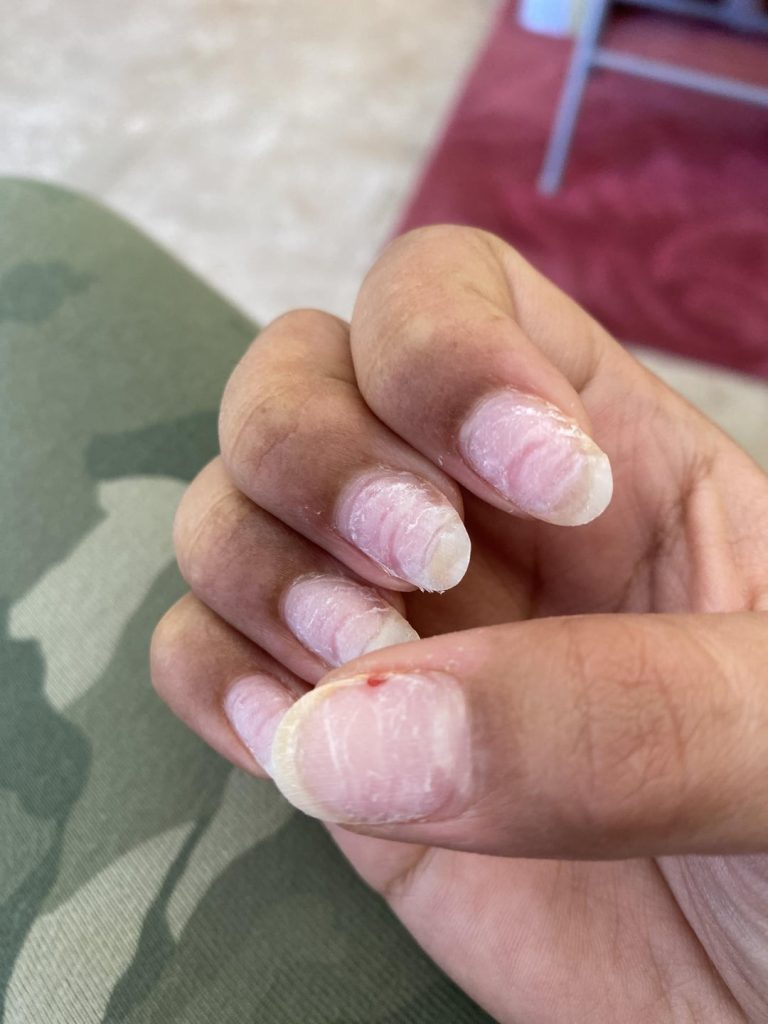
Dehydration doesn’t just affect your skin and body—it impacts your nails, too. Without adequate hydration, nails can become dry and brittle, leading to splits and breaks. Make a habit of drinking plenty of water daily to keep your nails hydrated and flexible. Incorporating hydrating foods like cucumbers, watermelon, and oranges can also help maintain moisture levels in your nails.
3. Environmental Factors
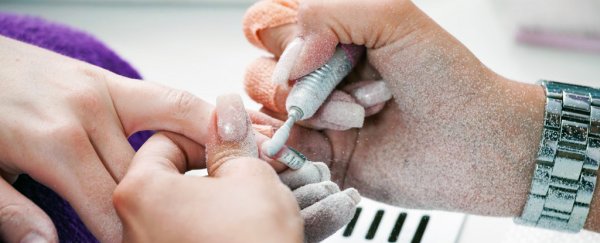
The environment plays a significant role in nail health, and everyday exposure to certain elements can weaken nails over time.
Chemical Exposure
Harsh chemicals found in cleaning products, nail polish removers, and detergents can gradually erode nail strength. To prevent damage, wear gloves while cleaning and choose acetone-free nail polish removers for a gentler approach.
Weather Conditions
Cold, dry winters can strip your nails of essential moisture, causing brittleness and peeling. Protect your nails by moisturizing them regularly and wearing gloves during harsh weather.
4. Underlying Health Conditions
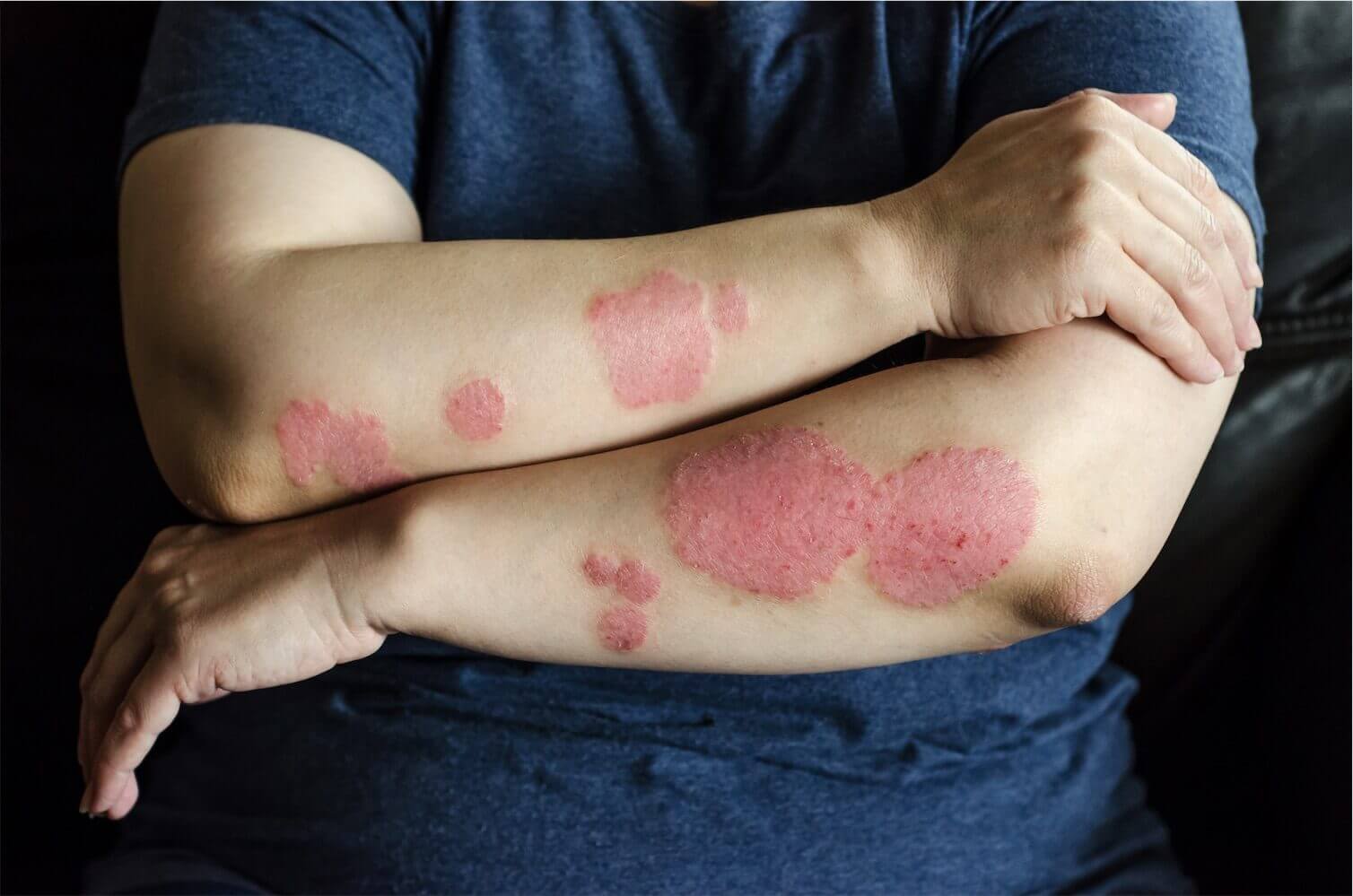
Certain health issues can manifest through changes in your nails, making them valuable diagnostic tools.
Thyroid Disorders
Both hyperthyroidism and hypothyroidism can lead to fragile nails. If you suspect your thyroid might be the issue, consult a healthcare professional for a blood test and tailored treatment.
Psoriasis
This chronic skin condition often affects nails, causing pitting, irregular growth, and brittleness. Treating psoriasis with medical guidance can significantly improve nail health.
Fungal Infections
Fungal infections are a common culprit behind brittle and splitting nails. These infections typically affect the nail bed, and antifungal treatments can effectively resolve them.
5. Physical Stress and Everyday Habits
Using your nails as tools—for opening cans or scratching surfaces—can cause both immediate and long-term damage. Avoid this habit, and keep your nails trimmed to reduce the risk of splits and breaks. Being mindful of how you treat your nails in everyday situations can go a long way in maintaining their health.
6. Age-Related Changes
As we age, our nails naturally become more brittle and dry. While this is a normal part of aging, you can combat these changes by incorporating omega-3 fatty acids into your diet. Foods like salmon, walnuts, and flaxseeds can help maintain nail flexibility. Regularly moisturizing your nails and cuticles can also counteract the effects of dryness.
Conclusion: Listening to Your Nails
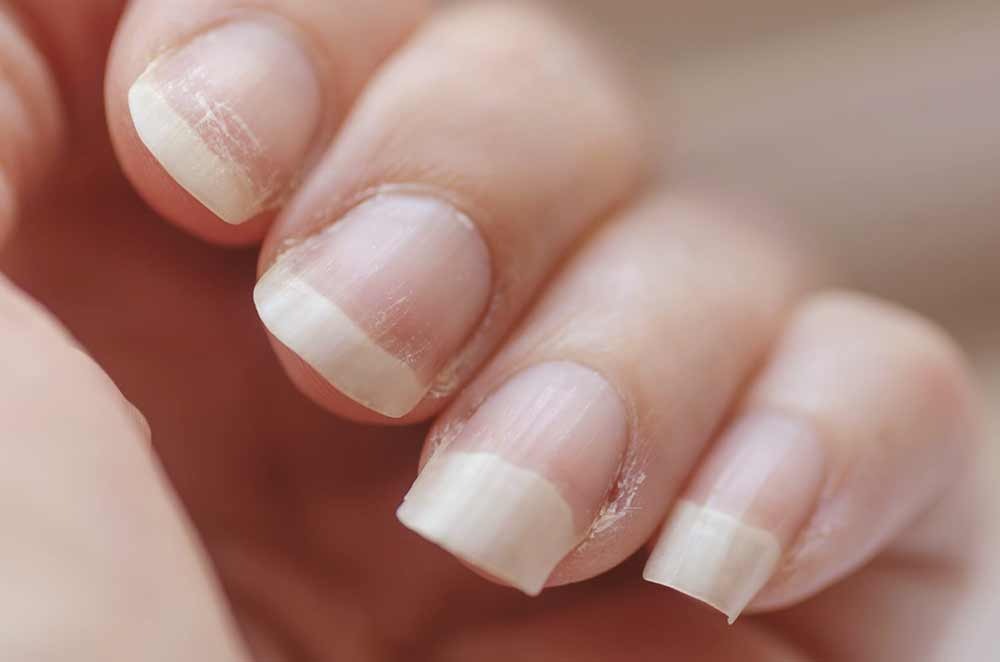
Your nails provide more than just aesthetic appeal—they are a mirror reflecting your internal health. By addressing nutritional deficiencies, staying hydrated, protecting your nails from environmental harm, and managing underlying health conditions, you can achieve stronger nails and a healthier body.
If nail issues persist, don’t hesitate to consult a healthcare professional or dermatologist. Persistent changes in nail health could indicate underlying medical conditions that require attention. Investing in your nail health is not just about appearance; it’s about nurturing your overall well-being from the inside out.





